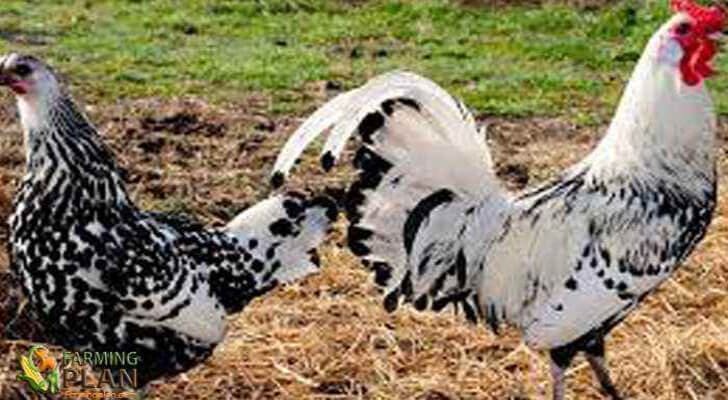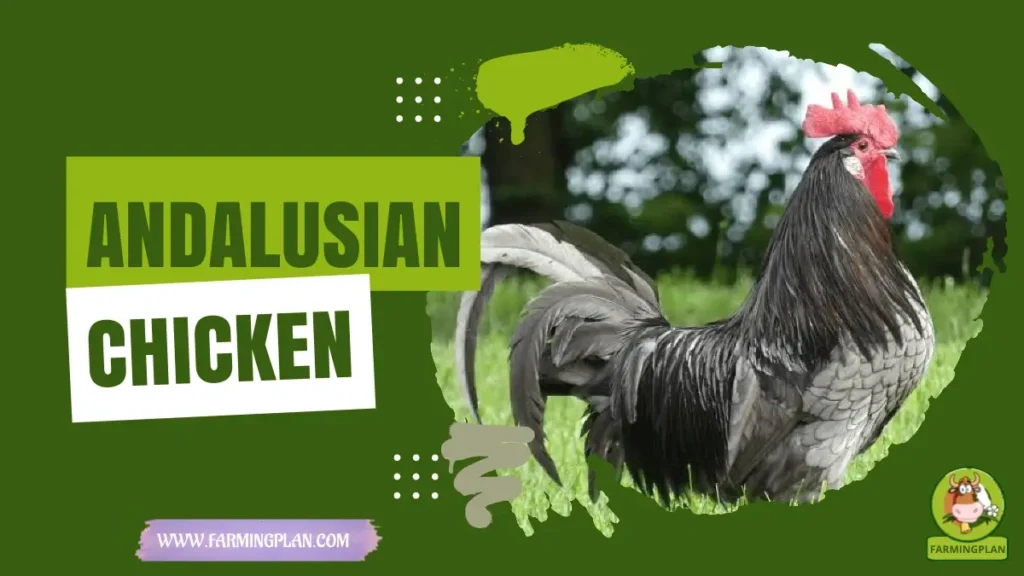The Phoenix Chicken is a Japanese decorative breed, describe in ancient literature, import and select in Europe around 1870. At present, this bird is found in many regions of the world. However, it must be noted that it first arrive in Europe, and from there it spread to other parts. In addition, The Phoenix chicken has also undergone changes over time.
This is due to the different crosses with other members of the same family, that is, with chickens of other species. It is an elegant bird with very long and exaggerated sickles; the formation of sickles sometimes also occurs in the hen. It is a merely ornamental bird.

Characteristics of Phoenix Chicken
The feathers of the Phoenix chicken are very long and narrow, especially in the saddle and tail. In addition, the canons of the sickles are very flexible. The tail feathers are very long and grow annually from 70 to 90 cm. They put some eggs are 45 g. minimum, with creamy white skin. The male of this species weighs between 2 to 2.5 kg. Hen of 1.5 to 2 kg. They have a small, narrow and elongated head.
They also have a ridge Simple, medium, right, fine texture and notched too deep notches. On the other hand, they have a medium chin, rounded and reddish. The ears are small, glued, oval and white. In addition, the face is smooth and reddish, but in the cases that have several years, it usually pales.
The eyes are rather large, with a lively look and a reddish-orange color. Smallest British Breed. It is straight and somewhat stretched. It forms a very sharp curve at the height of the neck. Also is provided with an abundant bonnet, with long, thin feathers, covering the middle of the back and only releasing the anterior part of the neck. The trunk is a slender and slight incline.
On the other hand, the back is long, piano, very slightly fallen, of medium width in the shoulders and narrowing backward. Caireles are composed of long (30-100 cm.) And narrow (2 to 4 mm.) Feathers, often touching the ground. They hang at the bottom of the back and start right where the strap ends. The chest is high, full and forming a piano arch towards the thighs. They also have an undeveloped abdomen.
The tail is carried horizontally in the prolongation of the line of the back, often inclined downwards. The feathers of the careless grow at 30 centimeters per year and the sickles at 1 meter. You may also like to read Wyandotte Chicken.
Food
Phoenix Chicken does not need food requirements, breeders do not suffer with it. You can feed with food that is obtained in agricultural stores and that will be enough for your nutrition.
Usage
The Phoenix chicken is an ornamental breed. This means that, on many occasions, it is used as an exhibition bird. However, we must bear in mind that this race of roosters is also using for combat, that is, for the famous cockfights. You may also like to read Orpington Chicken.
Special Features
There are some serious defects that the phoenix chicken presents and it has a rough shape; short and hard feathers, especially in the carabiner, tail, and circles. Hens are good incubators and mothers. This breed has the following varieties in the color of its plumage, and they are golden, white, silver or orange.
The reproduction of the Phoenix is done with chickens that are the same breed. This is in order to maintain its purity. However, crossing with other races has also been proven, giving diverse results. According to the length of the plumage of the tail, there are two different types of this species which are: the Onaga-Dori and the Shikoku.
The first one does not change part of the tail feathers and they become very long. The second is also long, but he moves them every year. While the Onaga-Dori would have a dominant gene Gt, whose action would be to allow part of the circles and the cock’s sickles to have continuous growth.
They also have a recessive mt gene, which would prevent their molting, so that the cocks would have a very long tail, the average being 4 m in length. The longest tail that has been reference was 11.5 m. In such a way that the circles and sickles would have a continuous growth up to 1 m in length.
But they would change every year and would not have the excessive length of the Onaga-Dori type. It looks like the roster except for the length of the feathers and that the crest is small and straight; the ears, small and rounded. The tail is very long, narrow and almost horizontal.
Their coverts are long and curve downwards in the form of a saber; the two longer protruding from the wheelhouse. The color of the plumage in all varieties is of secondary importance. First, the shape, the structure of the feather, the length of the feathers of the tail.
FAQ
Are Phoenix chickens good layers?
Yes, Phoenix chickens are good layers. They are a dual purpose breed, meaning they are bred for both meat and eggs. Phoenix chickens are considered to be one of the best egg-laying breeds, producing up to 200 large white eggs per year. They lay consistently throughout the year and can even lay during the winter months when other breeds may slow down their production. Additionally, Phoenix chickens are known for their docile nature and hardiness, making them a great choice for backyard flocks.
Where is the Phoenix chicken from?
The Phoenix chicken is a breed of chicken that originated in Germany. It is an old breed that was first developed in the 19th century. The Phoenix is a medium-sized bird with a large, upright comb and long, flowing tail feathers. They have golden-red plumage and are known for their hardiness and docile nature.
How big are Phoenix chickens?
Phoenix chickens are a medium-sized breed of chicken. They usually weigh between 4 and 5 pounds, with roosters typically being larger than hens. Their bodies are long and slim, with large wings and small combs. They have a broad tail that is held high off the ground and their feathers can range in color from black to white.
Conclusion
The Phoenix is a German breed of long-tailed chicken. It derives from the cross-breeding of imported long-tailed Japanese birds similar to the Onagadori with other breeds. If you’re looking for more information about this rare bird, we recommend reading our guide on how to care for your Phoenix and what makes it so special! We hope that this guide has helped you better understand these beautiful chickens and their many benefits. Good luck in raising your own flock!
As a reference: Wikipedia.


